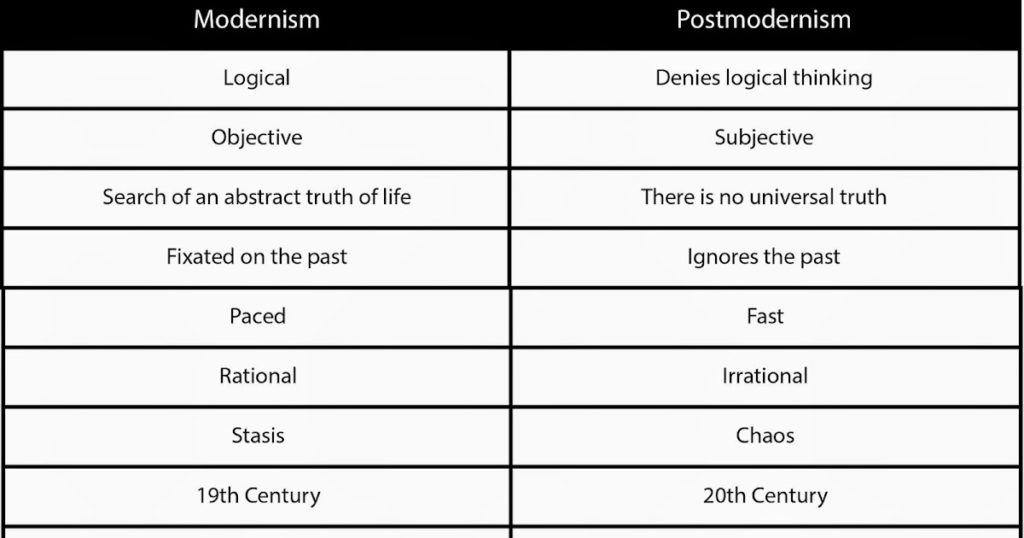Pictorialism
Time Period: 1880s – 1920s.
Key Characteristics/Conventions: This type of photography was supposed to appear handmade and have similar visual qualities to art. This meant these pieces were made to look foggy, naturalistic and romantic. If these images incorporated people, they were often staged photographs not candid. Furthermore these photographs could be said to contain allegorical qualities, with photographers aiming to communicate a underlying meanings within their work, often using characters to personify these abstract ideas.
Artists Associated: Alfred Stieglitz was one of the first photographers to promote this medium as an artform, suggesting that the camera was only a tool, like a paintbrush is to a painter. Julia Margaret Cameron was also key in developing this genre, through her allegorical portraits, influenced by Pre-Raphaelite paintings. Some photographic groups also took part in the start of this new age of photography, including The Brotherhood of the Linked Ring (London), The Vienna Camera Club (Austria) and Photo-Secession (New York), which was founded by Alfred Stieglitz.
Key Works: The pieces of photography created during the pictorialism movement have often been compared to artists such as Rembrandt and the Italian Renaissance period.
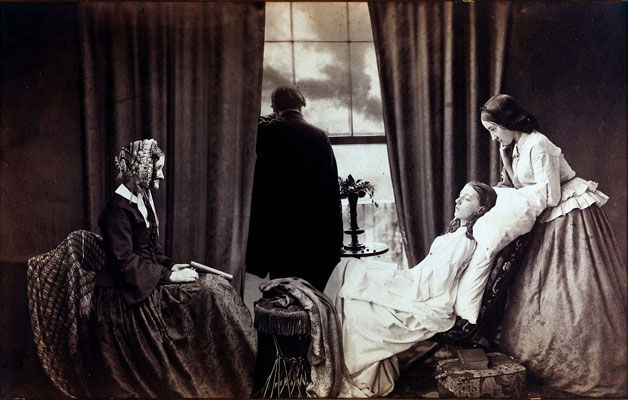
Fading Away (1858) – Henry Peach Robinson 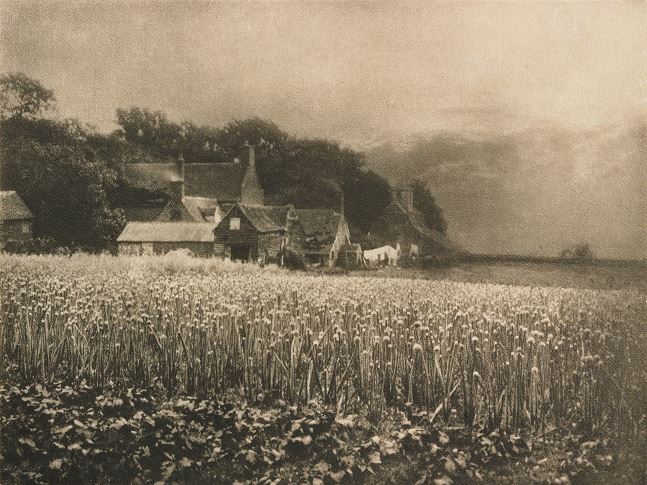
The Onion Field, Mersea Island, Essex (1890) – George Davison
Methods/Techniques/Processes: Photographers often used a soft focus and even put Vaseline on the lens of their camera in order to create foggy and romantic images. Photographers also experimented with manipulation in the dark room. Various chemicals were also used to distort the image as well. In addition, they also were known to scratch onto the negatives to imitate the texture of a canvas.
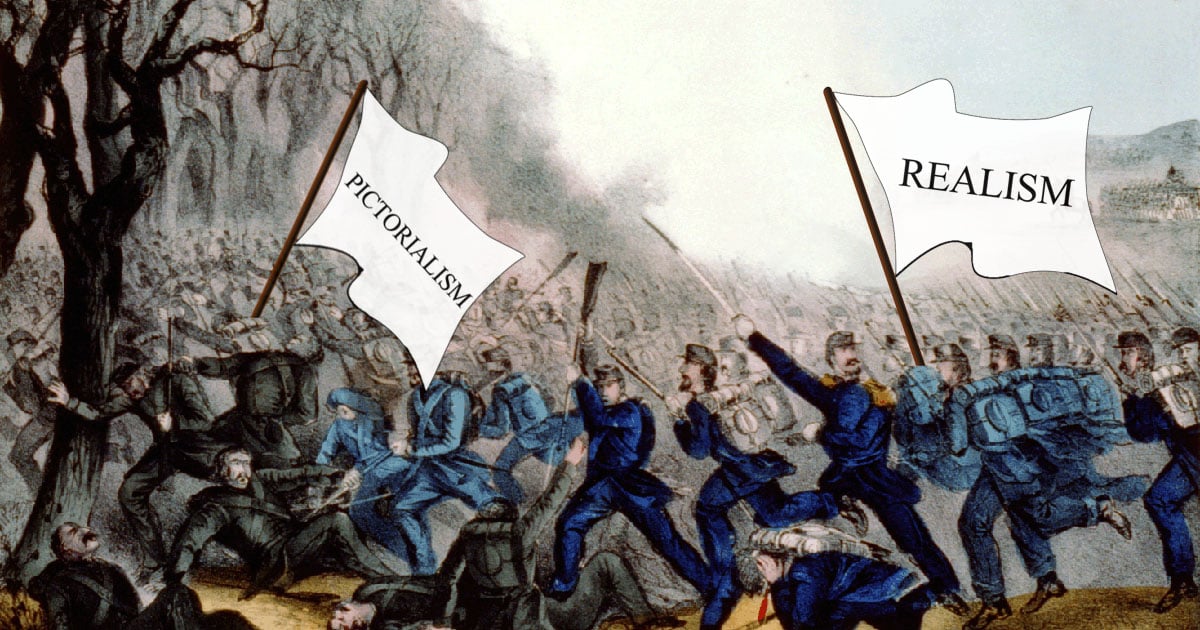
Realism/Straight Photography
Time Period: 1920s
Key Characteristics/Conventions: Photographs in this style usually incorporated geometrical shapes, high contrast, rich tonalities and a sharp focus. These photographs often showcased seemingly mundane objects and landscapes, with the aim of the photograph to produce an accurate and descriptive record of the visual world. Photographers of this artistic movement did not want to treat photography as a kind of monochrome painting
Artists Associated: One of the pioneers of this photographic movement was Paul Strand, said to have brought new perspectives to often overlooked subjects, who studied under photographer Alfred Stieglitz. These two photographers were said to be influenced by European avant-garde art movements, which can be seen in there abstract and geometric images. Walker Evans also helped to develop this genre, instead focusing on portraits containing detached and disinterested expressions from the subjects.
Key Works:

‘A Sea of Steps’, Wells Cathedral, Steps to Chapter House (1903) – Frederick Henry Evans 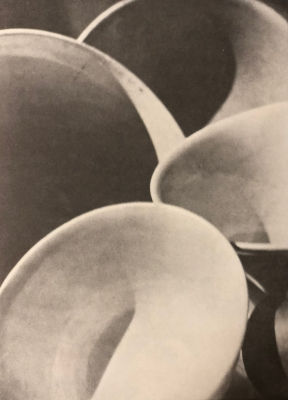
Bowls (1917) – Paul Strand
Methods/Techniques/Processes: Most of the time these photographs are not manipulated and rely on the eye of the photographer. These images were often taken in an abstract manner and from unique angles. In order to take these images, photographers used crisp focus with a wide depth-of-field, contrasting with the style of Pictorialism.
Modernism
Time Period: 1900s – 1940s
Key Characteristics/Conventions: Modernism can be identified as a term that encompasses the broadness of all the avant-garde isms that were seen in the beginning of the 20th century. This new movement was a reaction to ‘the enlightenment’, which saw science and reason become more prevalent in society than spiritualistic beliefs. This dramatic change of thought lead to many artists seeking answers concerning fundamental questions about the nature of art and human experience. Many came to the conclusion that art needed to renew itself by confronting and exploring its own modernity. Works in this style were often based on idealism and a utopian vision of human life, as well as society and a belief in progress.
Artists Associated: Ansel Adams can be described as an early modernist photographer, with his dramatic photographs of North America’s vast landscapes that showcased large contrast in tones. Alfred Stieglitz was known to also be a modernist photographer as well, taking photographs that displays striking architecture with a sharp focus, after moving away from his soft edge pictorial style.
Key Works:
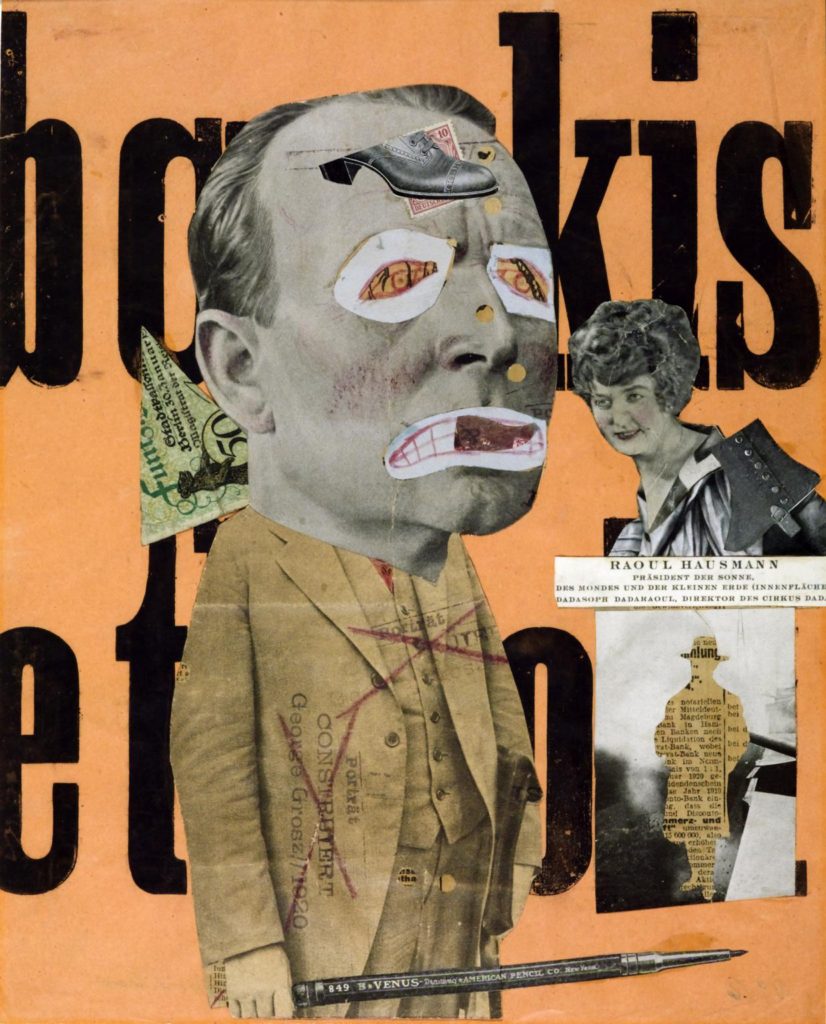
The Art Critic 1919-20 Raoul Hausmann 1886-1971 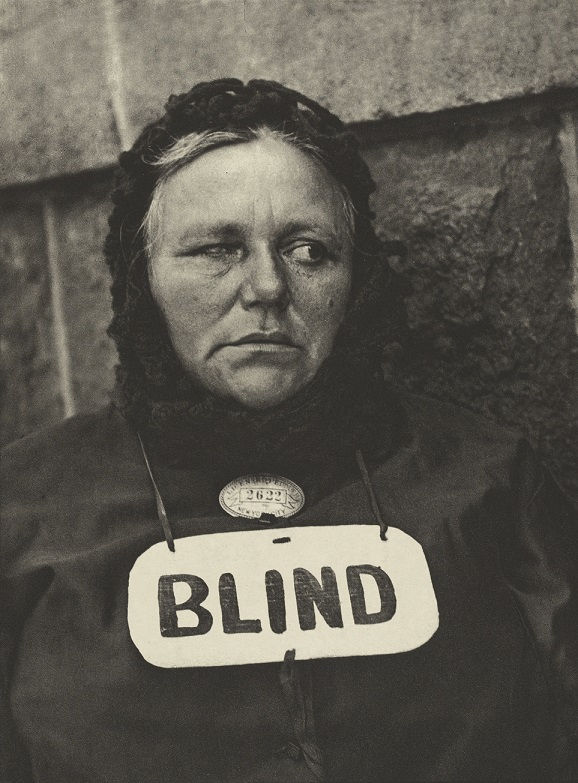
Blind – Paul Strand (1916)
Methods/Techniques/Processes: There were not many key defining techniques that were in constant use throughout this movement, however modernist artist usually experimented with form, technique and process. This was in contrast to purely focusing on subjects, believing they were able to find a way of reflecting the modern world.
Post-Modernism
Time Period: 1970s – 2000s
Key Characteristics/Conventions: Post-modernism was a rejection of modernism and its formality. Many works seen in this photographic movement were ambiguous and diverse in nature, whilst being influenced by disenchantment brought on by World War Two and refers to a state that lacks central hierarchy. This sceptic style argued the ideas that there are universal certainties or truths, and instead stated that individual experience and interpretation was more concrete than any abstract principles seen in modernism. This mean that it often embraced complex and even sometimes contradictory layers of meaning.
Artists Associated: Cindy Sherman is a post-modernist photography, best known for her self portrait that depict herself in extremely different contexts. Another photographer who worked in this style was Jeff Wall, whose work varies from mundane urban environments to complex tableaux pieces that are back lit and on a scale comparable to 19th-century history paintings.
Key Works:

Cindy Sherman 
Marilyn Diptych – Andy Warhol
Methods/Techniques/Processes: Post-modern photography varies greatly in style, but tends to posses a sense of chaos and relate to conflict, whether personal or political.
